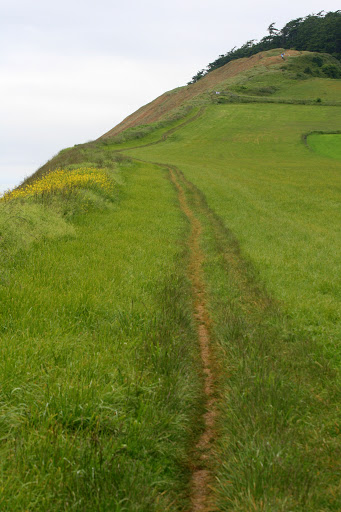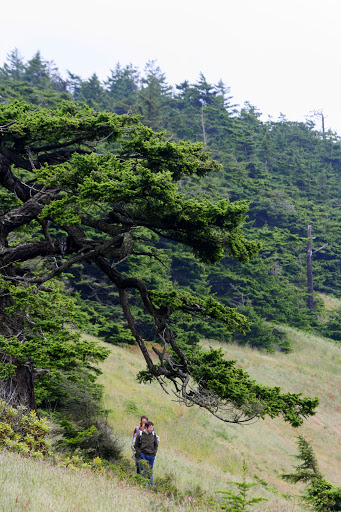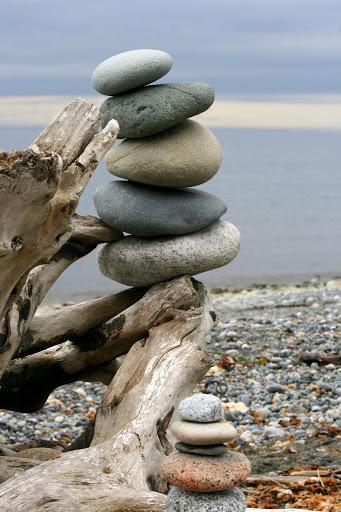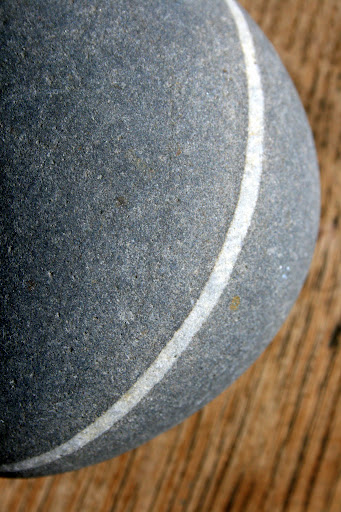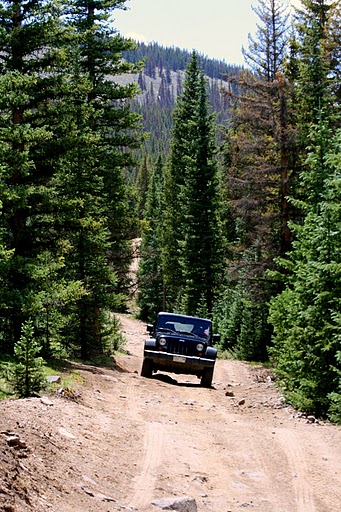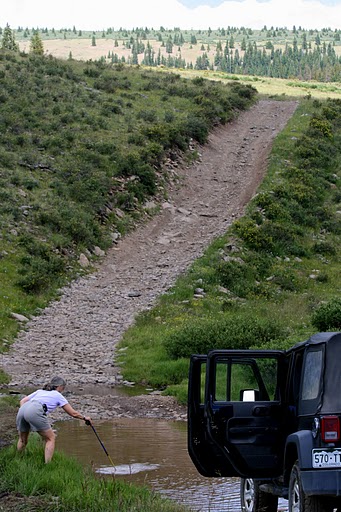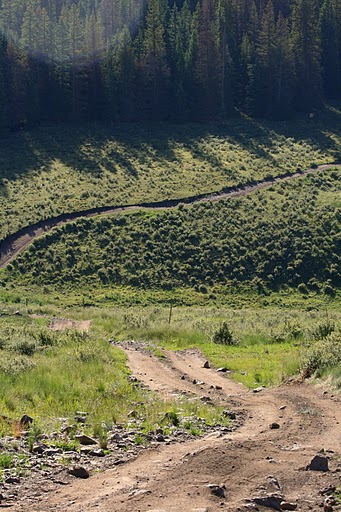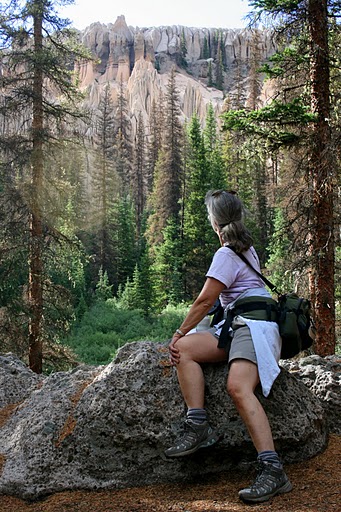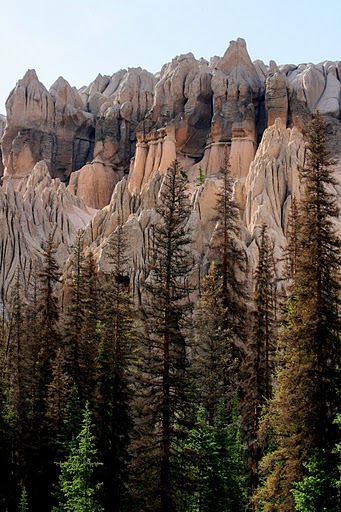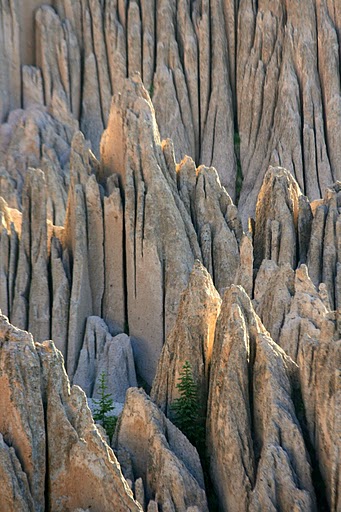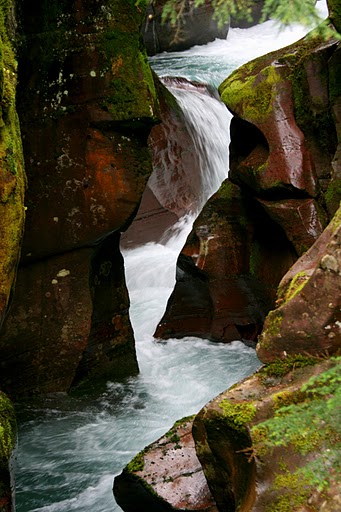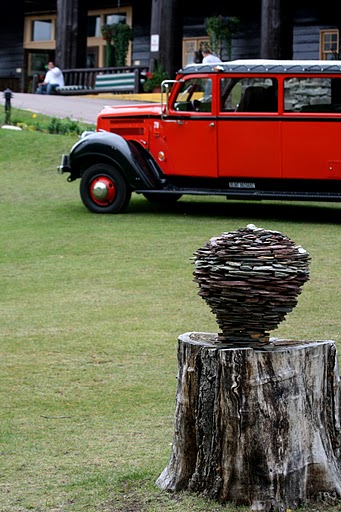Daily Doodle # 23: Rock Cairn and Wayfinding
April 23, 2017
Daily Doodle # 5: Floating Stones
April 5, 2017
The Work of a Rock Is To Ponder
September 18, 2016
Rock
by Jane Hirschfield, from Given Sugar, Given Salt
What appears to be stubbornness,
refusal, or interruption,
is to it a simple privacy. It broods
its one thought like a quail her clutch of eggs.
Mosses and lichens
listen outside the locked door.
Stars turn the length of one winter, then the next.
Rocks fill their own shadows without hesitation,
and do not question silence,
however long.
Nor are they discomforted by cold, by rain, by heat.
The work of a rock is to ponder whatever is:
an act that looks singly like prayer,
but is not prayer.
As for this boulder,
its meditations are slow but complete.
Someday, its thinking worn out, it will be
carried away by an ant.
A Mystrium camille,
perhaps, caught in some equally diligent,
equally single pursuit of a thought of her own.
The flat, smooth, water-rounded pebbles and rocks on the beaches of Washington’s Pacific coast seem to inspire Andy Goldsworthy-ish mini-sculptures. I often find cairns, those piles of gradually smaller and smaller stones precariously balanced. Part of their appeal is their ephemeral nature, waiting to be toppled by tide or wind or passersby.
My sister and her husband collect heart-shaped stones. I seem incapable of walking a beach without picking up at least one favorite rock or stone to take home. On this day, I found irresistible this dimpled rock that felt good in my hand and pocket:
And I added my own Andy Goldsworthy-inspired rock art to the Rialto Beach landscape. It was likely dismantled by the next incoming tide, but I couldn’t wait around to witness its destruction.
Water and Stone
September 5, 2013
“What’s softest in the world
rushes and runs
over what’s hardest in the world.
The immaterial
enters
the impenetrable.
So I know the good in not doing.
The wordless teaching,
the profit in not doing —
not many people understand it.
— Ursula Le Guin, “Water and Stone,” from Lao Tzu Tao Te Ching: A Book about the Way and the Power of the Way
This post is dedicated to Bonnie and Mike and circles of friends.
A Stone is a Riddle
April 17, 2012
Stone
by Charles Simic
Go inside a stone
That would be my way.
Let somebody else become a dove
Or gnash with a tiger’s tooth.
I am happy to be a stone.
From the outside the stone is a riddle:
No one knows how to answer it.
Yet within, it must be cool and quiet
Even though a cow steps on it full weight,
Even though a child throws it in a river;
The stone sinks, slow, unperturbed
To the river bottom
Where the fishes come to knock on it
And listen.
I have seen sparks fly out
When two stones are rubbed,
So perhaps it is not dark inside after all;
Perhaps there is a moon shining
From somewhere, as though behind a hill —
Just enough light to make out
The strange writings, the star charts
On the inner walls.
You can hear Simic read this poem at Poetry Everywhere.
“Sermons in stones, books in the running brooks, and good in everything . . .”
— Louisa May Alcott, Little Men
” . . . there is faithfulness in rocks.”
— Adam Nicholson, Sea Room
I like “off-the-beaten-path” experiences when I travel, so when my sister-in-law and I were discussing itineraries for this road trip through Colorado, her suggestion to visit the Wheeler Geologic Area intrigued me. I had never heard of this place. It is so remote that the only access is via hiking trail or a bone-jarring drive along 14 miles of unimproved road.
The adage about the destination being only a part of the journey applied in this case. The journey to Wheeler was certainly an adventure. We rented a sturdy 4-wheel-drive jeep for creeping along at speeds of 5-miles-per-hour or less over a rocky, bumpy track with hairpin curves and dips and hills. There were only a couple of worrisome, hair-raising spots, but the road was manageable. We were relieved, though, to finally arrive and begin exploring the Wheeler formations.
The Wheeler Geologic Area reminded me of a little Bryce Canyon, with weird-shaped spires and forms carved out of volcanic rock. It’s definitely a place to come to if you are seeking solitude. We were the only people camping on the night we spent there.
Here are some photos:
Sunset
by Rainer Maria Rilke
translated by Robert Bly
Slowly the west reaches for clothes of new colors
which it passes to a row of ancient trees.
You look, and soon these two worlds both leave you,
one part climbs toward heaven, one sinks to earth,
leaving you, not really belonging to either,
not so hopelessly dark as that house that is silent,
not so unswervingly given to the eternal as that thing
that turns to a star each night and climbs —
leaving you (it is impossible to untangle the threads)
your own life, timid and standing high and growing,
so that, sometimes blocked in, sometimes reaching out,
one moment your life is a stone in you, and the next a star.
Embrace Tranquility
February 7, 2011
Late Season Visit to Glacier National Park
September 29, 2010
Little did we know that much of Glacier National Park shuts down by mid-September. Most campgrounds were closed by September 19th. This was the final weekend for staying at the Lake McDonald Lodge and the Glacier Park Lodge at East Glacier. The Going-to-the-Sun Road was closed between Avalanche and Logan Pass on September 19th for construction, so we had to access the park from two different entrances, about 90 miles apart.
Still, we counted ourselves lucky to have so much of the park in uncrowded circumstances. We divided our time — half of Day 1 in West Glacier, and the morning of Day 2 in the park by St. Mary’s. The weather was too blustery for our planned hikes, so we just enjoyed the scenery and short trails close to the road.
The drive between West and East Glacier and the St. Mary’s entrance was stunningly beautiful. We took it at a leisurely pace, twice (there and back). Not a bad compromise for the forced inaccessibility of the Going-to-the-Sun traverse across the park. We stayed in an inexpensive motel (aah, the showers! the bed!) in East Glacier instead of the more expensive National Park Lodge. We felt we were able to appreciate a lot of Glacier National Park’s scenery and other offerings even on such a short visit.
Love What is Plentiful
June 26, 2010
We Alone
by Alice Walker
We alone can devalue gold
by not caring
if it falls or rises
in the marketplace.
Wherever there is gold
there is a chain, you know,
and if your chain
is gold
so much the worse
for you.
Feathers, shells
and sea-shaped stones
are all as rare.
This could be our revolution:
to love what is plentiful
as much as
what’s scarce.
















